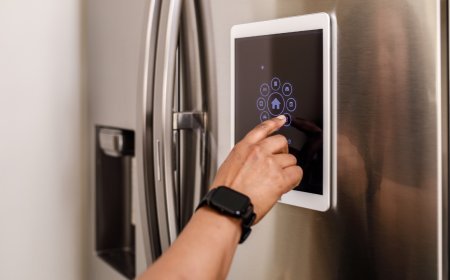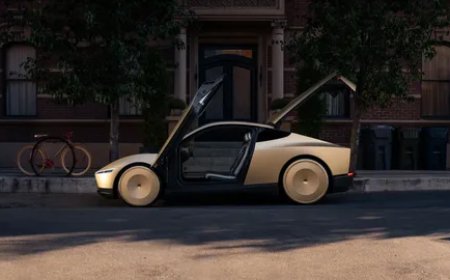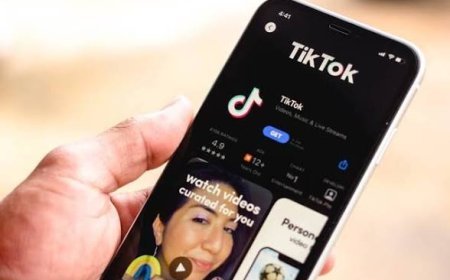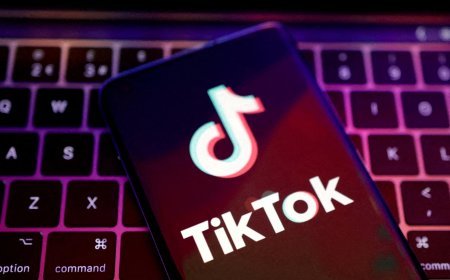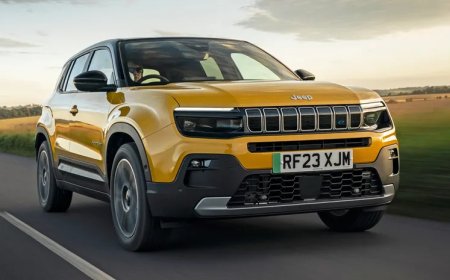Pixel 10 vs. Galaxy S25: Which Phone Reigns Supreme?


The anticipation is finally over. We now have all the details on the Google Pixel 10, and it’s time to dive deep into a comparison with its top competitor, the Samsung Galaxy S25.
Google unveiled its latest flagship devices during the Made by Google event, revealing an impressive lineup of specs and features. This announcement comes just months after Samsung showcased its Galaxy S25 series. As expected, the battle lines have been drawn, and tech enthusiasts are eager to see how these two powerhouse smartphones stack up.
In this article, we’ll directly compare the base models of both devices. Keep in mind that while we've just started testing the new Pixel 10 series, we’ll provide deeper insights in the coming weeks.
Pricing: Pixel 10 vs. Galaxy S25
Let’s start with what many consider the simplest aspect of a smartphone comparison—price. Both the Google Pixel 10 and the Samsung Galaxy S25 enter the market at a starting price of $799. This means that right from the get-go, consumers will have to consider their options carefully, especially when weighing features against this identical price point.
Design: Aesthetic Appeal
When it comes to design, both smartphones are unmistakably modern, yet they reflect the distinct styles of their respective brands. The Pixel 10 features a unique, futuristic look, characterized by its horizontally aligned camera bar that houses three lenses. This design choice, while trendy, can prevent the phone from resting flush on a flat surface, which may be a consideration for potential buyers.
In contrast, the Galaxy S25 opts for a more traditional vertical camera layout, stacking its three lenses without an extensive camera bump. While both designs have their merits, the Pixel 10’s aesthetic could appeal more to those looking for something innovative.
Color options also play a role in consumer choice. The Galaxy S25 offers seven color choices, including Navy, Mint, and Coral Red, while the Pixel 10 is limited to four: Indigo, Frost, Lemongrass, and Obsidian. If customization is key for you, Samsung certainly has the upper hand here.
Specifications: Under the Hood
Now, let’s delve into the specifications of both devices. Here’s a look at what each phone brings to the table:
Google Pixel 10:
- Display: 6.3-inch with a 1080x2424 resolution, adaptive refresh rate (60-120Hz)
- Processor: Google Tensor G5 chip
- Battery: 4,970mAh, promising over 30 hours of usage
- RAM: 12GB
- Storage Options: 128GB/256GB
Samsung Galaxy S25:
- Display: 6.2-inch with a 1080x2340 resolution, 120Hz refresh rate
- Processor: Snapdragon 8 Elite chip
- Battery: 4,000mAh
- RAM: 12GB
- Storage Options: 128GB/256GB/512GB
Both devices feature comparable displays and RAM, but the differences become apparent in processing power and battery capacity. The Pixel 10’s Tensor G5 chip is designed by Google specifically for its devices, while Samsung relies on the well-regarded Snapdragon series. Historical data suggests that Snapdragon chips often outperform Tensor in benchmark tests, but real-world performance can vary.
Moreover, the Pixel 10 boasts a significantly larger battery, which raises questions about real-world battery life and performance. Will this translate into better longevity compared to the Galaxy S25? Only time and extensive testing will tell.
AI Features: The Smart Assistants
Artificial intelligence is becoming a cornerstone of smartphone functionality, and both Google and Samsung are stepping up their game. Google's Pixel 10 introduces several AI enhancements that are making headlines, especially in the realm of live translation during phone calls—a feature that Samsung has offered for some time.
Both phones come equipped with Gemini Live, allowing users to interact with their devices in a conversational manner. However, Google’s live translation capabilities are notable for their advanced voice sampling technology, which sets them apart from other mobile translation tools.
Google's photo editing features are also extensive, with capabilities for generative edits and even text-based photo adjustments. Meanwhile, Samsung's offerings are robust but currently lack some of the innovative features found in Pixel 10.
Cameras: The Photography Showdown
In the realm of photography, Google has made significant strides with the Pixel 10, particularly with the introduction of a telephoto lens this year. Here are the camera specifications for both models:
Google Pixel 10:
- Rear Cameras: 48MP wide, 13MP ultrawide, and 10.8MP telephoto with 5x optical zoom and Super Res Zoom up to 20x
- Front Camera: 10.5MP
Samsung Galaxy S25:
- Rear Cameras: 50MP wide, 10MP ultrawide, and 12MP telephoto with 3x optical zoom and digital zoom up to 30x
- Front Camera: 12MP
While both devices offer impressive camera capabilities, the Pixel 10’s telephoto lens may provide superior performance, especially for zoom photography. Historically, Pixel devices have been praised for their exceptional photo quality, particularly in low-light conditions, making them a favorite among photography enthusiasts.
Conclusion: Which One to Choose?
Ultimately, the choice between the Google Pixel 10 and the Samsung Galaxy S25 boils down to personal preference and priorities. If you value innovative design, extensive AI features, and superior photo editing capabilities, the Pixel 10 may be the better choice for you. On the other hand, if you prefer a more traditional design with a wider range of color options and proven hardware, the Galaxy S25 could be your ideal smartphone.
As we continue our testing and gather more insights, stay tuned for further updates on these two remarkable smartphones. The battle between Google and Samsung is certainly heating up, and consumers are the real winners in this technological rivalry.
What's Your Reaction?
 Like
0
Like
0
 Dislike
0
Dislike
0
 Love
0
Love
0
 Funny
0
Funny
0
 Angry
0
Angry
0
 Sad
0
Sad
0
 Wow
0
Wow
0






